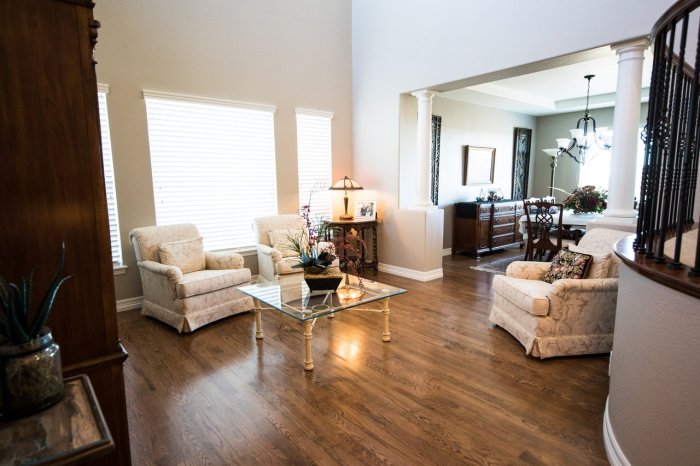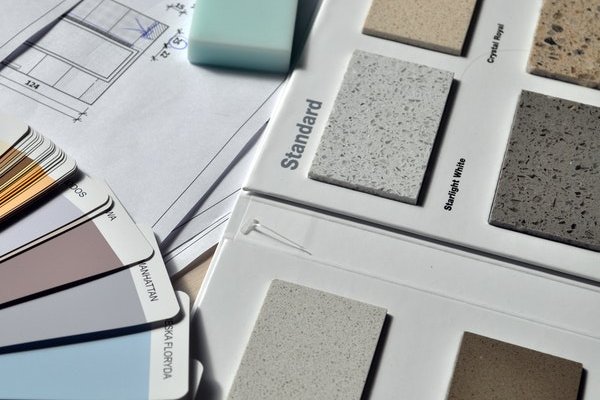
You may be more careful with how you spend your money during a financial crisis and for good reason. However, investing in sensible home improvements and maintenance can help boost your home’s value and ensure a healthier and more comfortable living environment.
If you’re interested in investing in upgrades and repairs, but want to be strategic in your spending, here are five potential ways you can finance your project:
1. Personal Savings
Depending on the size and scope of your project plans, you may be able to tap into your personal savings to either pay for or pay down the principal amount of your maintenance or repairs. Most homeowners don’t have the means to pay for major projects in-full, especially during financial crises. However, by putting down a portion of the total, you may be able to avoid taking on unnecessary debt.
This financing option is ideal for homeowners who are only looking to complete smaller-scale projects. In addition, those who have saved up enough cash in their emergency fund may also benefit from choosing this route.
2. Mortgage Refinancing
Refinancing your mortgage is a great way to free up cash that you can put toward renovations. Specifically, a cash-out refinance would allow you to take your existing home equity and convert it to money that you can use to consolidate debt or fund more costly projects. Financial crises also mark a good time to refinance as interest rates are typically at their lowest.
This would be an optimal option for homeowners who have built up equity in their home and who have a credit score of at least 620. However, you should also take into account closing costs, repayment penalties, and your interest rate, as these can all increase your monthly expenses.
3. Home Equity Loans or HELOCs
If you have been paying on your mortgage for a while, you may also be able to leverage the equity you’ve built up in your home. With enough home equity, you might qualify for a home equity loan (HEL) or a home equity line of credit (HELOC), which can both be used to alleviate debt and finance home renovations and repairs during a crisis.
With a home equity loan, you receive a single lump-sum payment that you can put toward maintenance costs, whereas HELOCs allow you to draw money out on an as-needed basis. Either option would be ideal for homeowners who have been paying on their mortgage for a while and who are sitting on a significant amount of accessible home equity.
4. Credit Cards
If you’re preparing for smaller maintenance projects and you’re sure you can pay them off quickly, it may make sense to run your expenses through a credit card. With minor projects, you’ll likely be able to pay off any outstanding debt before ever being charged interest.
Some credit cards even offer perks like 0% introductory APR and cashback rewards, which can help alleviate costs during financial crises and buy you more time to pay back the debt. However, it’s important to remember that, while they can temporarily keep you afloat, you must be able to pay off the balance promptly to ensure you don’t end up in a poor financial situation in the long run.
5. Green Loans
Improving your home’s energy efficiency is one way you can save on monthly utilities and free up more funds during times of economic uncertainty. However, eco-friendly upgrades projects can be particularly costly.
If you’re interested in green home renovations, some commercial lenders and states offer green loans, which can be used for window upgrades, smart thermostats, solar panels, or new roofing. These types of loans tend to have lower interest rates and could help you finance home improvements that provide long-term cost savings.
Homeowners can have peace of mind in knowing that, even in the middle of a crisis, they can still finance essential projects. Be sure to weigh all of your financing options carefully before determining the best option for your needs.

